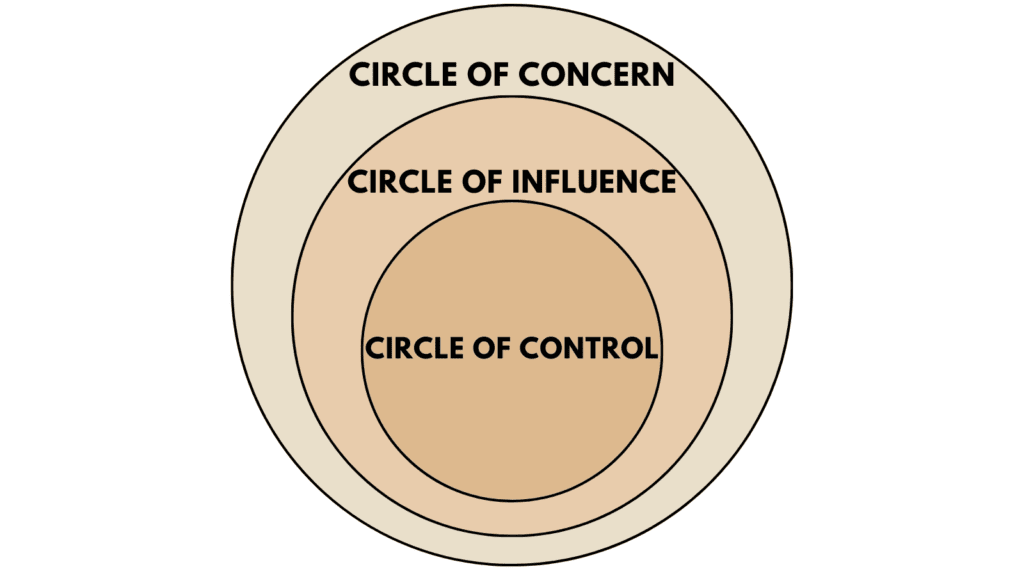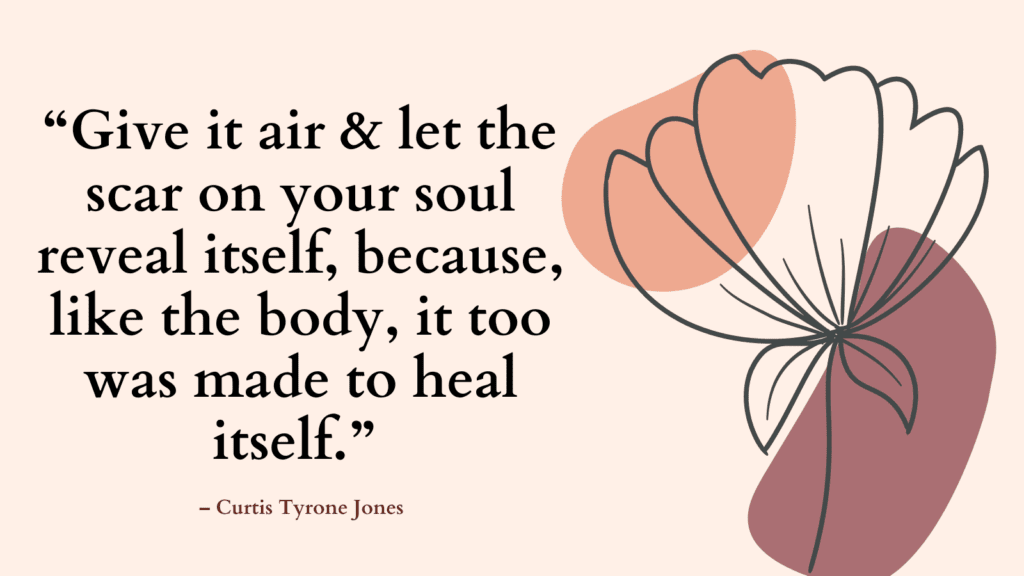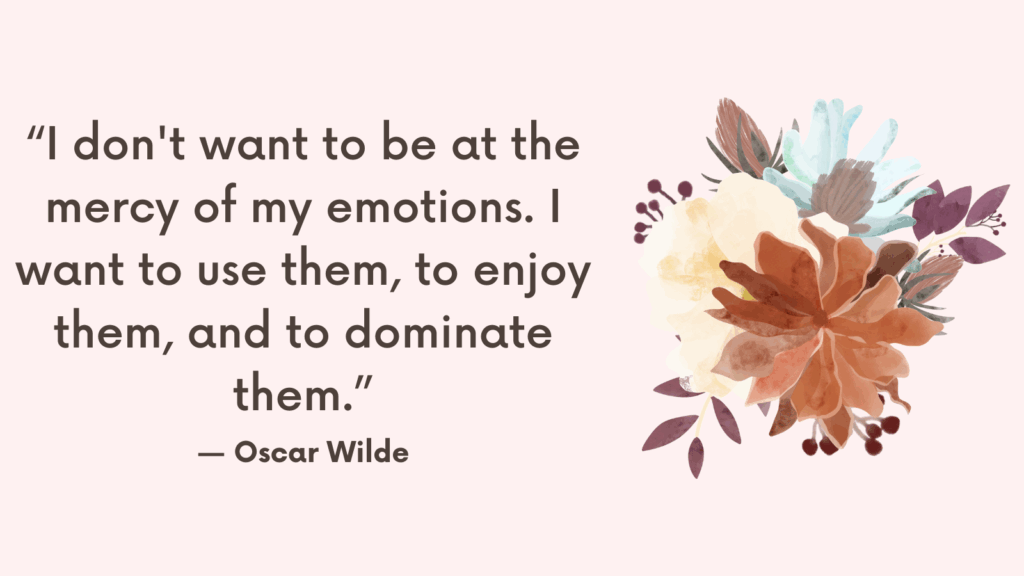In this post, you’ll learn all about the circle of control.
What Is The Circle of Control?
The Circle of Control is a concept that refers to focusing on the things we can control in our lives.
It’s a tool that helps us to identify and prioritize what we can and cannot change or influence.
The circle is divided into three parts: The control circle, influence circle, and concern circle.
The control circle refers to the things that we have direct control over, such as our thoughts, behaviors, and actions. These are the things that we can change or adjust to achieve our desired outcomes.
The influence circle refers to the things that we can influence but do not have direct control over, such as the decisions and actions of others. We can use our communication skills, persuasion, and leadership abilities to influence these areas.
The concern circle refers to the things that we care about but have no control or influence over, such as natural disasters or global events. These are the areas that can cause stress and worry but ultimately, we cannot take any action to change them.
Understanding these circles can help individuals prioritize their efforts and focus on areas where they can make a difference.
By focusing on the areas within their control or influence, they can become more effective and successful in achieving their goals.
Related: Top 10 Practical CBT Exercises For Generalized Anxiety Disorder Relief
Examples of Things Within the Control Circle
Things within the control circle are things that we have direct control over and can influence.
Here are some examples:
- Our thoughts and beliefs
- Our actions and behaviors
- Our words and language
- Our attitude and mindset
- Our health and well-being
- Our decision-making
- Our hobbies and interests
- Our time management and productivity
Examples of Things Within the Influence Circle
Here are some examples of things that fall within the influence circle:
- Personal habits, such as eating healthy or exercising regularly
- Time management skills, such as prioritizing tasks and avoiding procrastination
- Social interactions, such as being kind and respectful to others
- Financial decisions, such as budgeting and saving money
- Learning new skills and knowledge, such as taking online courses or reading books
- Professional development, such as seeking out mentors or attending conferences
- Environmental impact, such as reducing waste and conserving energy
- Emotional intelligence, such as practicing empathy and self-awareness
- Health and wellness, such as getting enough sleep and practicing stress-reducing techniques
Examples of Things Within the Concern Circle
Whatever you can’t control or influence falls within the concern circle.
Here are some examples of things that may be within the concern circle:
- Personal health and wellbeing
- Financial stability
- Relationships with family, friends, and significant others
Related: High Functioning Anxiety Test (& How To Support Anxiety Recovery)
How To Identify What Is Within The Circle Of Control?
Here are some ways to identify what is within your circle of control:
1. Focus on Yourself
The easiest way to identify what’s within your circle of control is to focus only on yourself. You can control your thoughts, emotions, and actions.
Spend your time and energy on things that matter the most to you. Do not waste your time trying to control things you cannot control.
2. Separate the Controllable and Uncontrollable
List down the different factors affecting a situation.
Then, separate them into two categories – the ones you can control and the ones you cannot.
The following are some journal prompts that can help:
- What are some actions or behaviors that you can control in your life?
- How can you take ownership of your thoughts and beliefs?
- What aspects of your environment can you influence or change?
- What choices do you have in your relationships with others?
- How can you prioritize your time and manage your schedule effectively?
- What aspects of your health and wellness can you work on maintaining or improving?
- How can you budget and manage your finances responsibly?
- What skills or knowledge can you develop through learning and practice?
- How can you approach challenges and obstacles in a proactive and constructive way?
- What habits or routines can you establish to help you feel more in control of your life?
3. Acceptance
Identify those aspects of your life that you cannot change or affect no matter how hard you try.
Once identified, accept those as they are and focus solely on those factors that you can control.
Related: How To Stop Self-Critical Thoughts Using These Top 10 Techniques
FREE Circle of Control Worksheet Download PDF
Conclusion
By focusing on the things within our control, we can reduce stress and anxiety related to things outside of our control.
This can lead to increased feelings of empowerment, as we recognize that we have agency over certain aspects of our lives.
It can also help us to be more effective problem-solvers, as we focus our energy on finding solutions to the things we can actually change.



